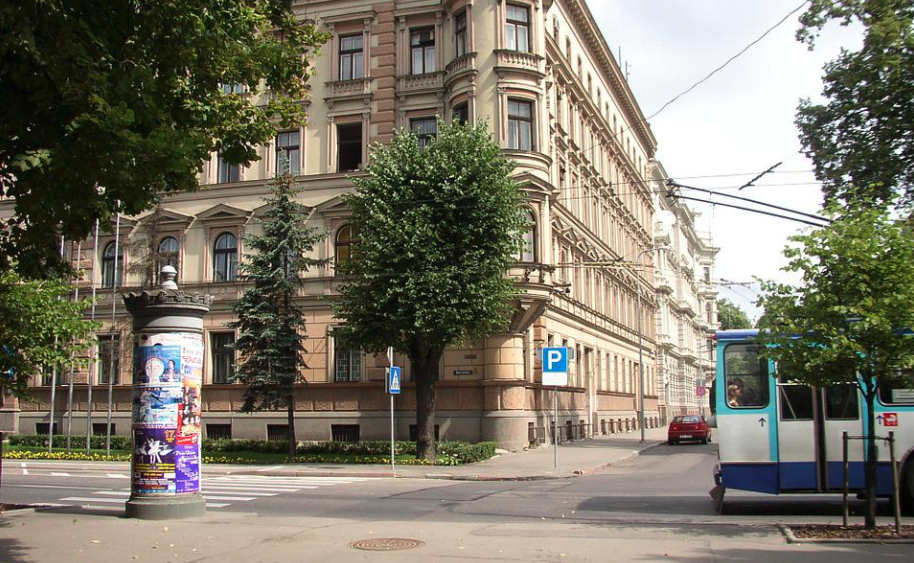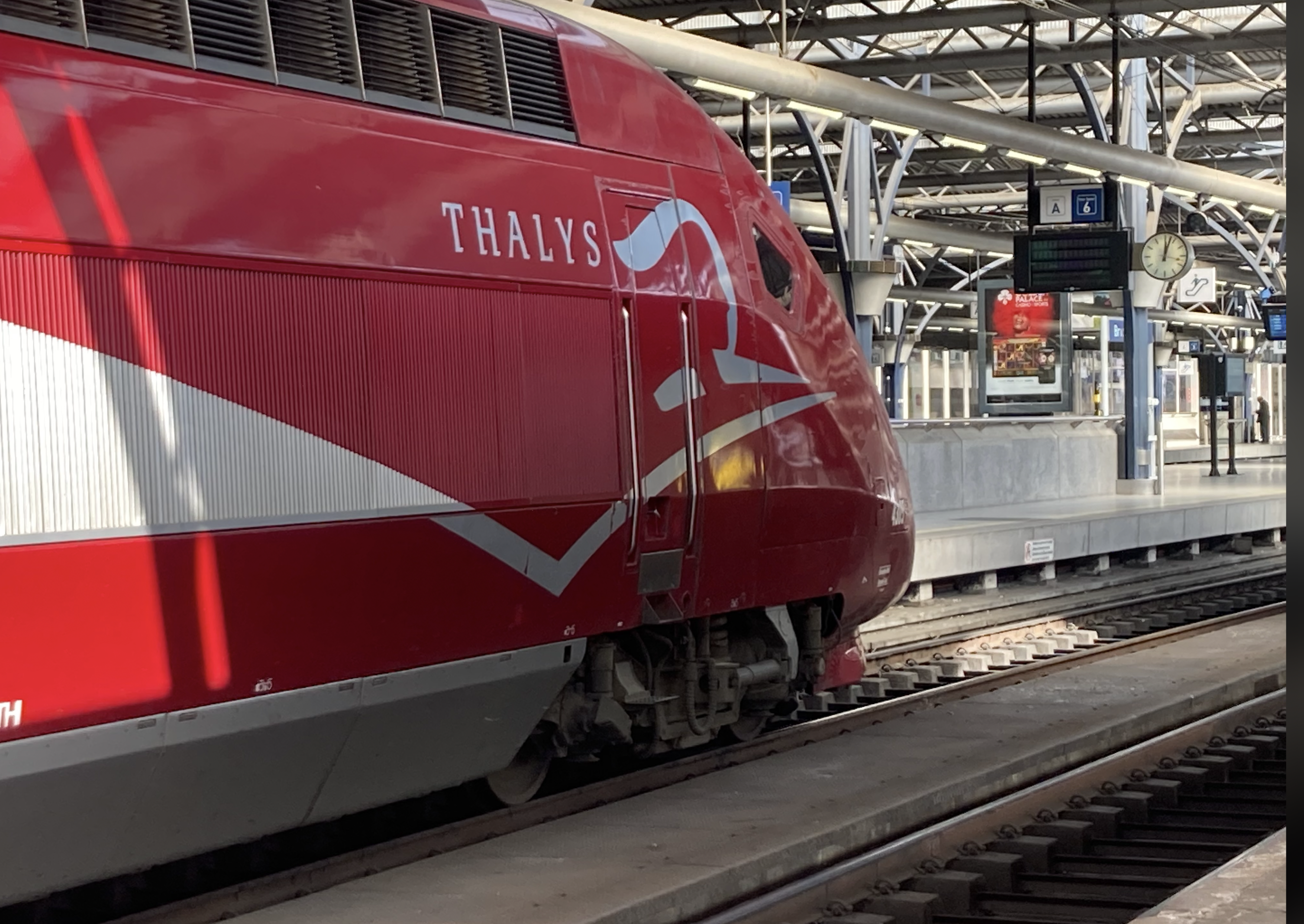
About Decarbonizing Europe
What does the Recovery and Resilience Facility entail?
The European Commission has made available an amount of 723.8 billion euros
to combat the consequences of the corona crisis and make Europe greener, cleaner, and future-proof. All member states have the opportunity to submit plans for disbursement from this Recovery and Resilience Facility.
Who is participating in the Recovery and Resilience Facility?
All the member states of the European Union. All member states? No, The Netherlands has not submitted plans as yet. Although, it became public knowledge at the end of January that hard work is going on behind the scenes in the Netherlands to secure some of those European billions.
What do the member states have to spend the money on?
At least 37 percent of the funding should be used for making their countries more sustainable and 20 percent for digitalization. In addition, there are also other key points:
– Smart, sustainable and inclusive growth
– Social and territorial cohesion
– Public health, economic, social, and institutional resilience
– Policy for future generations
What else is happening?
Apart from that, the EC has identified several so-called flagship areas:
– Power up
– Renovate
– Recharge and Refuel
– Connect
– Modernise
– Scale-up
– Reskill and upskill
What is Innovation Origins planning to do?
Over the next few months, we will be focusing on the implementation of these plans. We will be outlining what each country is doing to reduce CO₂ emissions, and we will be reporting on innovative projects. Infographics will allow you to compare the member states’ efforts with each other.
A crisis like the corona pandemic calls for decisive measures. The EU has freed up €723.8 billion in an effort to use the Recovery and Resilience Facility (RRF) to pull the European economy out of the recession caused by corona. In order to qualify for a share of this large bag of money, member states must submit a plan to the European Commission. In the series Decarbonizing Europe, we put those plans under a magnifying glass.
The corona crisis hit few countries in the European Union as hard as it hit Latvia, which had already endured a severe recession during the credit and euro crisis. Over the coming years, the central Baltic country will receive a total of €1.8 billion from Brussels as part of the Recovery & Resilience Fund. Emissions from the transport sector are priority number one.
Latvia may only be receiving €1.8 billion in European aid, but that amount is equivalent to about 6 percent of the total economy in 2019 – which is no trifling sum for the Baltic country. More than a third of the budget is going towards climate-related projects and a fifth towards accelerating the digital transition.
Achieve ambitions more quickly
The biggest emitters are the transport sector and partly dilapidated buildings. In both areas, a lot of energy is wasted unused due to old engines, unsightly public transport and poor insulation and inefficient heating methods respectively.
‘I was impressed by the hydrogen bus,’ Commission President Ursula von der Leyen let slip when she visited the Latvian capital Riga in June 2021 to announce that the Latvians’ plan had been approved. Ten trolleys are driving around the city with a hydrogen fuel cell that allows them to leave the network of overhead lines – useful for extending lines but also in case of emergency. Half the budget for the buses, approximately €16 million, comes from Brussels as part of the Connecting Europe Facility grant program. The corona recovery fund is now being added on top of that: ‘Nearly three hundred million euros will pave the way for a complete overhaul of the capital’s transport network,’ Von der Leyen noted, standing shoulder to shoulder with Latvian Prime Minister Krisjanis Karins.

Latvia already has several initiatives to green the country, and digitalization is also well on its way. Many innovations are confined to small-scale projects – such as the ten trolleybuses. The money from Europe means that the national government and municipalities can realize their ambitions more quickly.
An advantage for Latvia is that its power supply is already highly sustainable. During the time of the Soviet occupation, the government constructed three large hydropower dams on the Daugava River, which flows from Belarus through Riga into the Baltic Sea. Anno 2021, Latvians draw about fifty percent of their power from the river, thanks in part to a modernization process of the plants.
NextGeneration EU
The corona crisis is one of the biggest challenges of our time. The European Union, through NextGenerationEU – the largest recovery plan ever at €806.9 billion – aims to help its member states emerge stronger from the crisis. The Recovery and Resilience Facility (RRF) is at the heart of this plan (€723.8 billion).
The RRF has two goals: first, to pull the European economy out of the recession caused by the corona pandemic. At the same time, it is designed to give an impetus to important investments for the future and measures for rolling out reforms.
All 27 member states have submitted plans. Whether all the money is actually disbursed depends on a final assessment of the projects. For example, countries must spend at least 37 percent of their budgets on climate action and 20 percent on digitalization.
Capital city is the weak spot
The weak spot, however, is in the capital city of Riga, which for decades was ruled by the Harmonie political party – a group that counts mostly on support among the city’s sizeable Russian-speaking population. Successive Harmonie governments used municipal businesses, among other things, to award jobs to their relatives or friends. Corruption cases still swirl around former transport company directors and housing authorities
Former mayor Nils Usakovs even fled Latvian politics by running for the European Parliament: he is now untouchable by virtue of his position in Strasbourg.
A changing of the guard brought the opposition to power, which means that the national government and the city administration in the capital now share the same signature and are no longer actively obstructing each other. The new mayor, Martins Stakis, has a major chore ahead of him, as he will be spending most of the €1.8 billion in his city, which Von der Leyen had already alluded to. It concerns €295 million to green the city’s traffic and transport.
Central station
What the local plans exactly entail is not yet known in concrete details. In any case, the user-friendliness of public transport leaves much to be desired, which is why a lot of Riga locals prefer to hop in the car – which is also a status symbol. One of the problem areas is our lack of seamless transfer connections,” admits deputy mayor Vilnis Kirsis. And indeed, the public transport stop in front of the ‘central station’ can only be reached after arriving by train and then traipsing through a pedestrian tunnel under six lanes of car traffic. Other train stations in the city also offer only an awkward and poorly signposted junction.

Another purpose for the European money is to make buildings more sustainable. Riga is full of magnificent apartment buildings that range between 100 and 140 years old. The art nouveau decorations are world famous, but the high ceilings, plain roofs and thin windows also make these sought-after houses a bottomless pit as far as heating is concerned. And winter really makes itself felt in this corner of Europe. Consequently, Latvia is allocating €248 million to make civic buildings – municipal housing complexes as well as public buildings – more energy-efficient. A large part of this will also be spent on the capital.
Finally, the government wants to start facilitating onshore wind power, as the potential for wind power – both onshore and offshore – is considerable in Latvia. Also, investment rules need to be simpler and clearer, in the hope that foreign companies will seize their window of opportunity to transform European subsidies into large orders.
Support us!
Innovation Origins is an independent news platform that has an unconventional revenue model. We are sponsored by companies that support our mission: to spread the story of innovation. Read more.
At Innovation Origins, you can always read our articles for free. We want to keep it that way. Have you enjoyed our articles so much that you want support our mission? Then use the button below:

